Andalusia Guide: What to See, Eat and Do and Where to Stay in Southern Spain
by Heena C in Culture & Lifestyle on 11th November, 2022
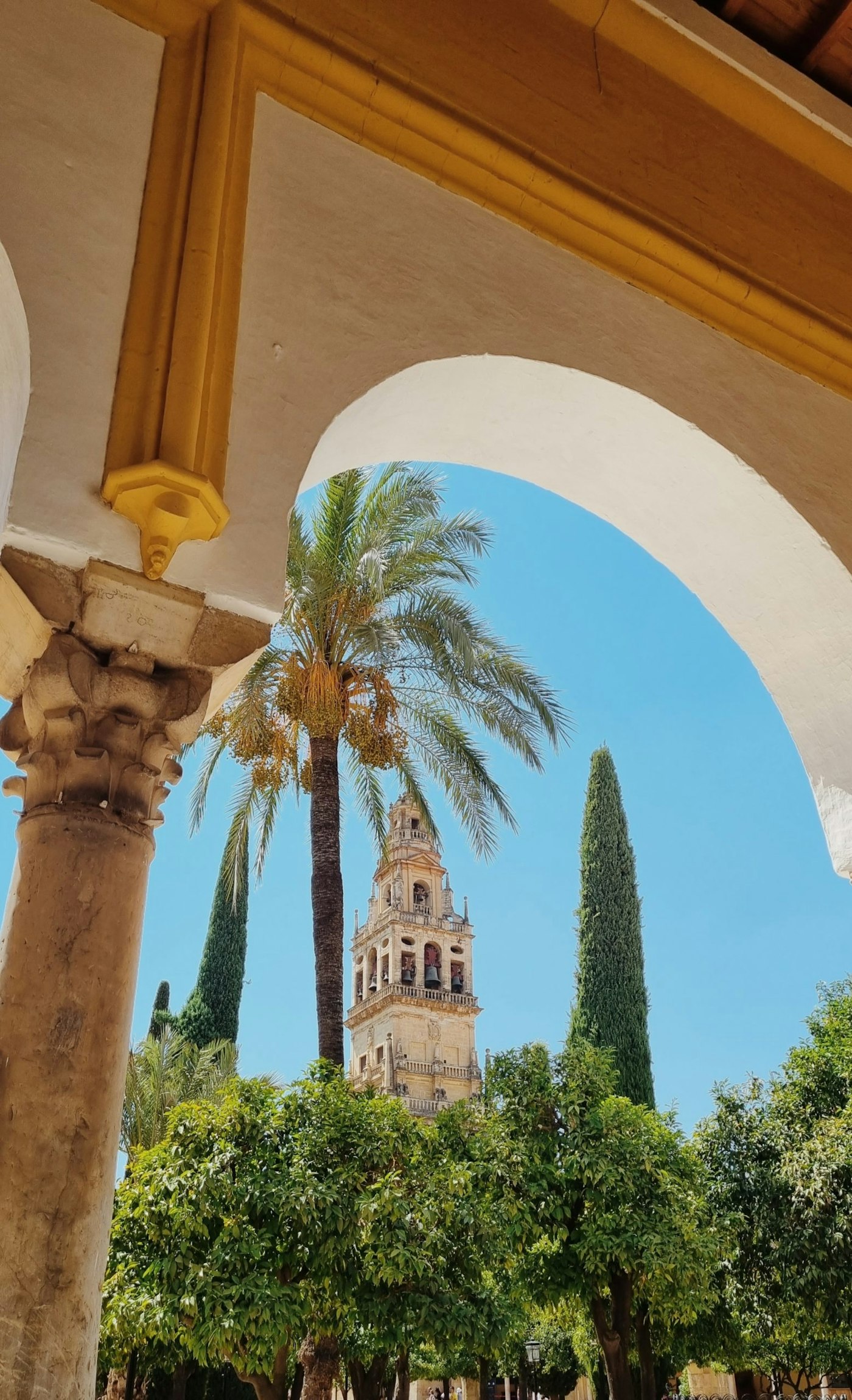
Processed with VSCO with m5 preset
Spain is our favourite holiday haunt as a young family. Before COVID lockdown we would go yearly as my eldest was under 3. This year we finally got away and as it was the first time with my youngest (being 6) and my eldest now 9 the Spanish experience was totally different. Our favourite spot to holiday is in Al-Andalus, an area in the south of Spain that was ruled by the Umayyads from 711CE till the early 11th Century. They left behind their architectural mark, flora and fauna, as well as their agricultural advances and techniques. The Andalusian part of Spain encompasses so much antiquity and culture that captures your imagination on how things once were and I’ve put together a guide that will hopefully entice you to visit and make your experience an unforgettable one!
Accommodation
Al-Andalus is a hot spot for holiday makers, so along the coast you can find an array of hotels, resorts and Airbnbs. We stayed in Torremolinos and rented a 2-bed, ground floor apartment through Airbnb that had a communal swimming pool and private courtyard with views of the mountains.

Getting Around Andalusia
Travelling between areas as well as within the same town is very accessible. There are taxi ranks at certain points that are not expensive and are happy to do 5 – 10-minute drops as well as trains that are easy to use and are air-conditioned, perfect for when travelling in the hotter months. They can take you from town to city within no time. However, be aware that not all stations are user-friendly and need updating though this is something that we noticed is being actively worked on from our visits. For longer journeys like our trip to Cordoba – you can become adventurous and hire a car for the day and take a drive up the mountains to cities further afield. Boats/small ferries are also a great form of transport. You can catch one from the port of Benalmadena that will take you to Fuengirola in an hour along the coast – a great additional experience.
Where to Eat in Andalusia
When it comes to food, each area has its own traditional style and cuisine.
Torremolinos being a traditional fishing port has an abundance of seafood with restaurants along the beach that have their catch of the day and the largest prawns you will come across. Over the last few years there has been a rise in restaurants serving Halal dishes on the promenade giving more variety if you end up getting fed up with fish.
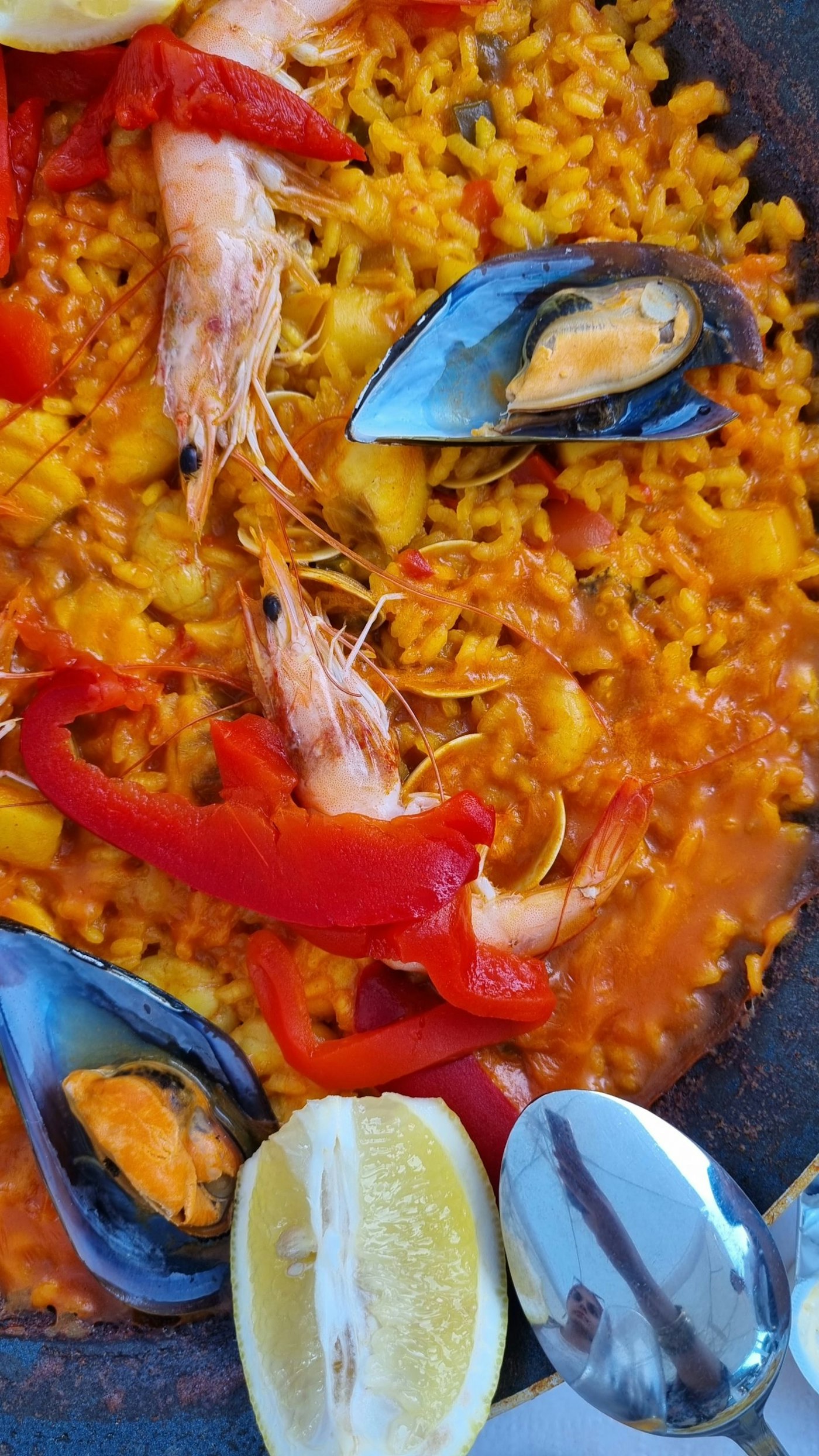
Malaga being a city has your finesse restaurants along the port however you also get those hidden café gems for churros and chocolate as well as your fast-food chains. Al-Turq is one of those fast-food chains you will find dotted around Al-Andalus – even though it may not look amazing from the outside they do one of the best shawarmas you will find.
In Cordoba you will find a mix of restaurants within the tiny city streets. These picturesque restaurants are hidden in the courtyards and converted Andalusian homes. You can find a variety of Moroccan and Lebanese restaurants; two we would recommend would be Pasilli Oriental and Resturante Damasco.
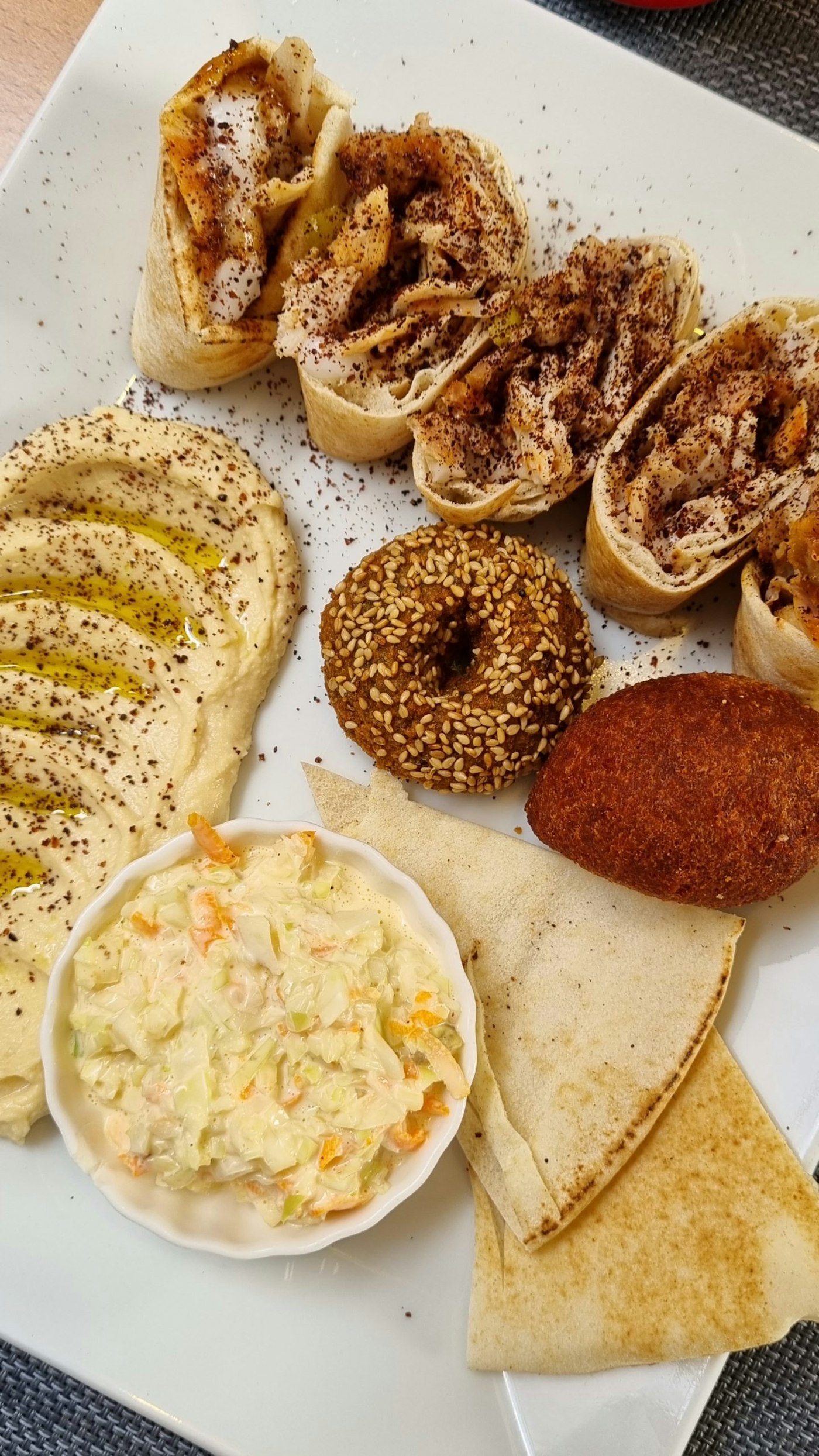
Not forgetting the amazing gelato, you can get at every street corner wherever you go – Spain has a wonderful selection of gelato flavours you will not find elsewhere.
Shopping in Andalusia
If you want traditional handmade goods, then Spain is a lovely place to do it. You will of course find the typical tourist shops selling you nick-nacks, however there are some places off the beaten path that are well worth your time.
Torremolinos has a very old ceramics shop on the cliff top along the stairway leading from San Miguel and at the bottom hidden in the cliffside is a leather store that has everything from bags to wallets.
When you head to Malaga you will again find your tourist shops for postcards and magnets but also magical bookshops like Mapas Y Compania. Malaga has high street fashion shops such as Mango or Stradivarius along the Alameda Principal. There are also confectionary shops like Vicens – Artisan Turron and Chocolate est. 1775, as well as a beautiful Berber store called Artista where the items come straight from Morocco and at a fantastic price.
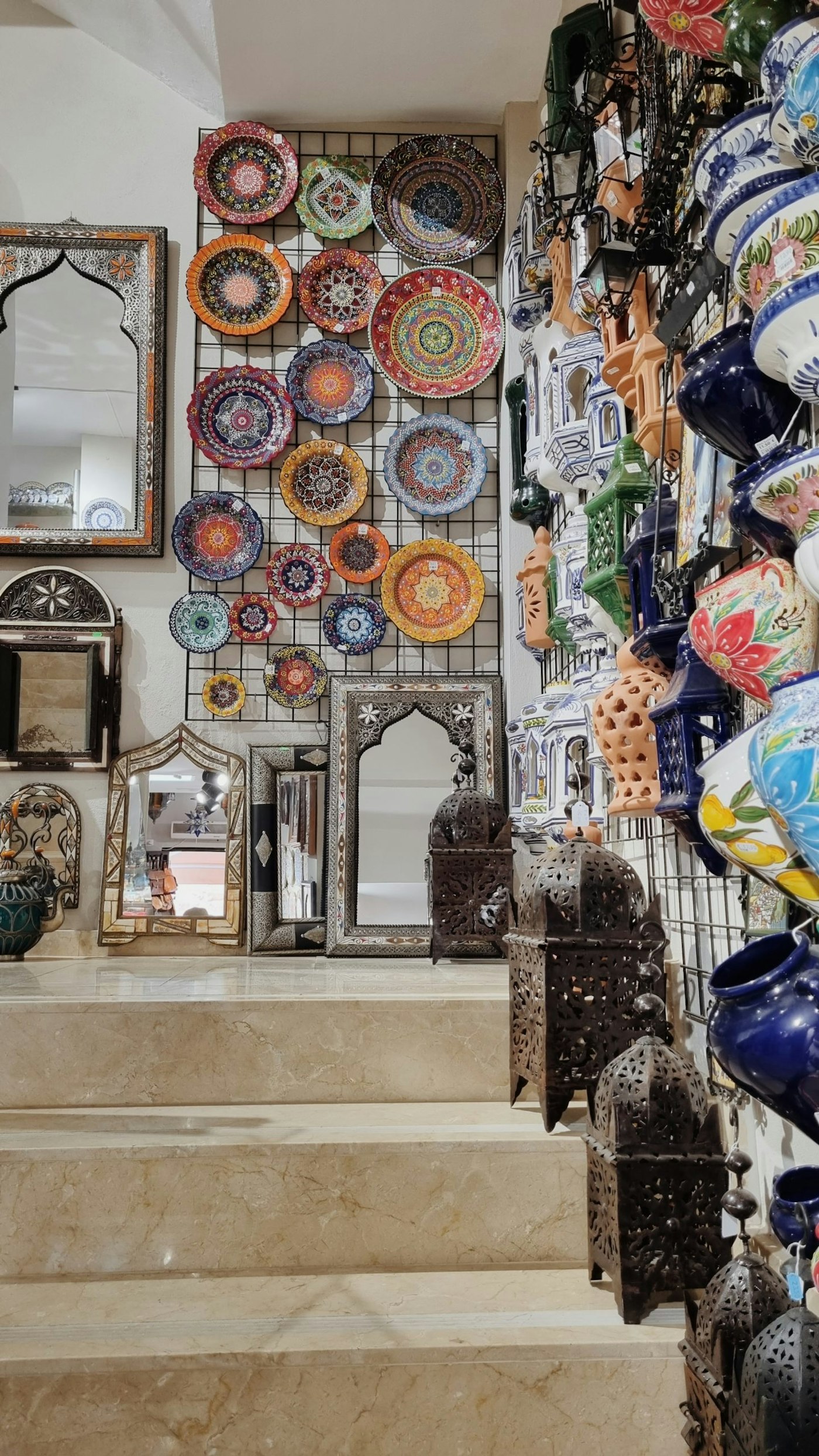
Cordoba as you can imagine has dainty streets filled with shops. A few shops we entered felt like an Aladdin’s cave, filled floor-to-ceiling with beautiful handmade intricate items. Shop around as we found some beautiful pieces here.
If you are more of a designer shopper then there’s something here for you too – Plaza Mayor is a 10-minute drive from Torremolinos where you can shop at all the outlets whilst keeping the kids busy with the in-house entertainment and eating into the night with a variety of restaurants is a win for all.
Places to Visit in Andalusia – Torremolinos, Malaga and Córdoba
With the stretch of the Al-Andalus being steeped in history you will find an abundance of places to visit wherever you go.
Torremolinos
Even though Torremolinos is a tourist town it does have some lovely places to visit once you have done the Aquaparks and Crocodile sanctuary.
- Casa Los Navajas is a clifftop building from 1872. It was renovated a few years back where it was restored to its once beautiful self after years of disuse and negligence. It is now a museum and a place you can get married.
- Another place to spend an afternoon is in the Botanical Gardens – Molino de Inca. This used to be one of the oldest mills used to make flour and the grounds and garden now co-exist as an oasis and bird rescue shelter.

Malaga
As Malaga is a city along the Andalus there are many different things to do there. Over the years we have visited a few and there is still so much to explore.
- The Catedral de la Encarnacion de Malaga which is a landmark in the centre of Malaga and can be seen from as far as the end of the Port.

- Teatro Romano de Malaga otherwise known as the Roman Amphitheatre is situated behind the Cathedral at the foot of the Alcazaba hill. This theatre was formed as the basis of creating a social space for the Romans and was only rediscovered in 1951.
- Gibrafaro is a castle situated on the other side of the Alcazaba. This was used as part of the defence during the reign of the Muslim empire and housed a Mosque, quarters and supply storage.
- Malaga Park is a nice surprise as you wonder through the city. An urban botanical garden that houses a variety of vegetation. This area has over time been improved with the addition of a play park for children as well as a small amphitheatre.
- The Alcazaba is a fortress built during the Muslim-ruled era and is one of the best preserved Alcazabas in Spain. Sitting atop a tall mountainside capturing the most scenic of views across the horizon.
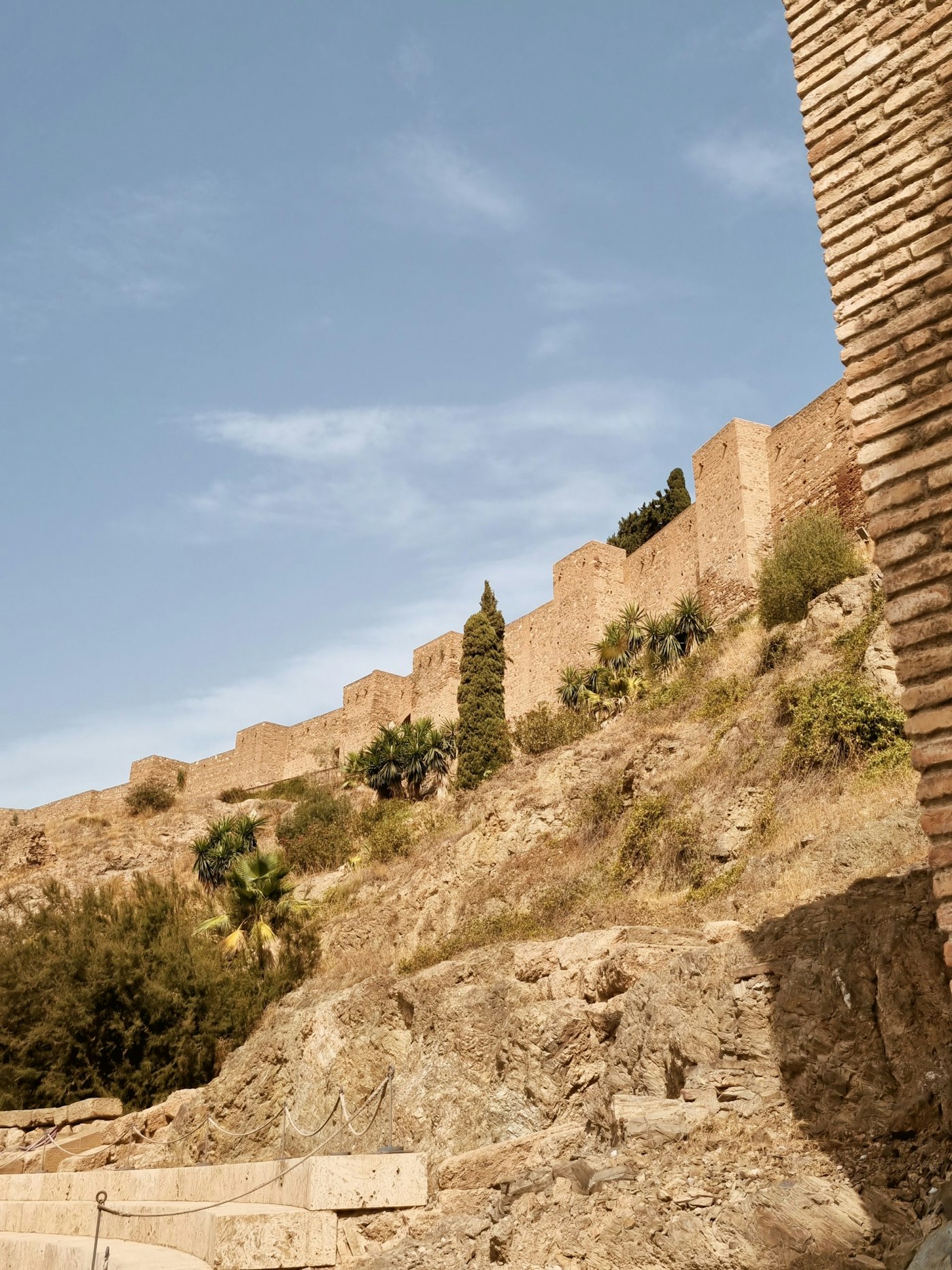
- Interactive Music Museum is hidden away in the backstreets of Malaga, walking distance from the Plaza de la Constitucion. A full family experience, this museum takes you through the history of music and musical instruments with information zones and interactive ones.
- Hammam Al Andalus is one of the best spas I have come across. Split over two floors and hidden in the streets behind the main plaza the moment you enter this building you are transported into the past – a riad of sorts with dedications of a palace. For approximately €50 for 45minutes you get a massage, mint tea and use of the various pools and heat rooms – a perfect break in your day.
- The Port of Malaga stretch takes you along the harbour all the way to the lighthouse. You can visit the many installations such as the Centre Pompidou Malaga as well as the stretch of shops – high street, designer and handmade stalls.
Córdoba
Cordoba is an important site for the Romans as well as a major Islamic city during the Middle Ages. This walled city encompasses many historical places you can visit.
- The Great Mosque – Cathedral of Cordoba is an architectural success. From the moment you walk into the vast courtyard you know you are stepping into an important part of the past. First built in 785CE, this building is a preserved part of Islamic history with the addition of the now Cathedral you get the mix of both religions and a sense of peace on how they have been merged into one structure.
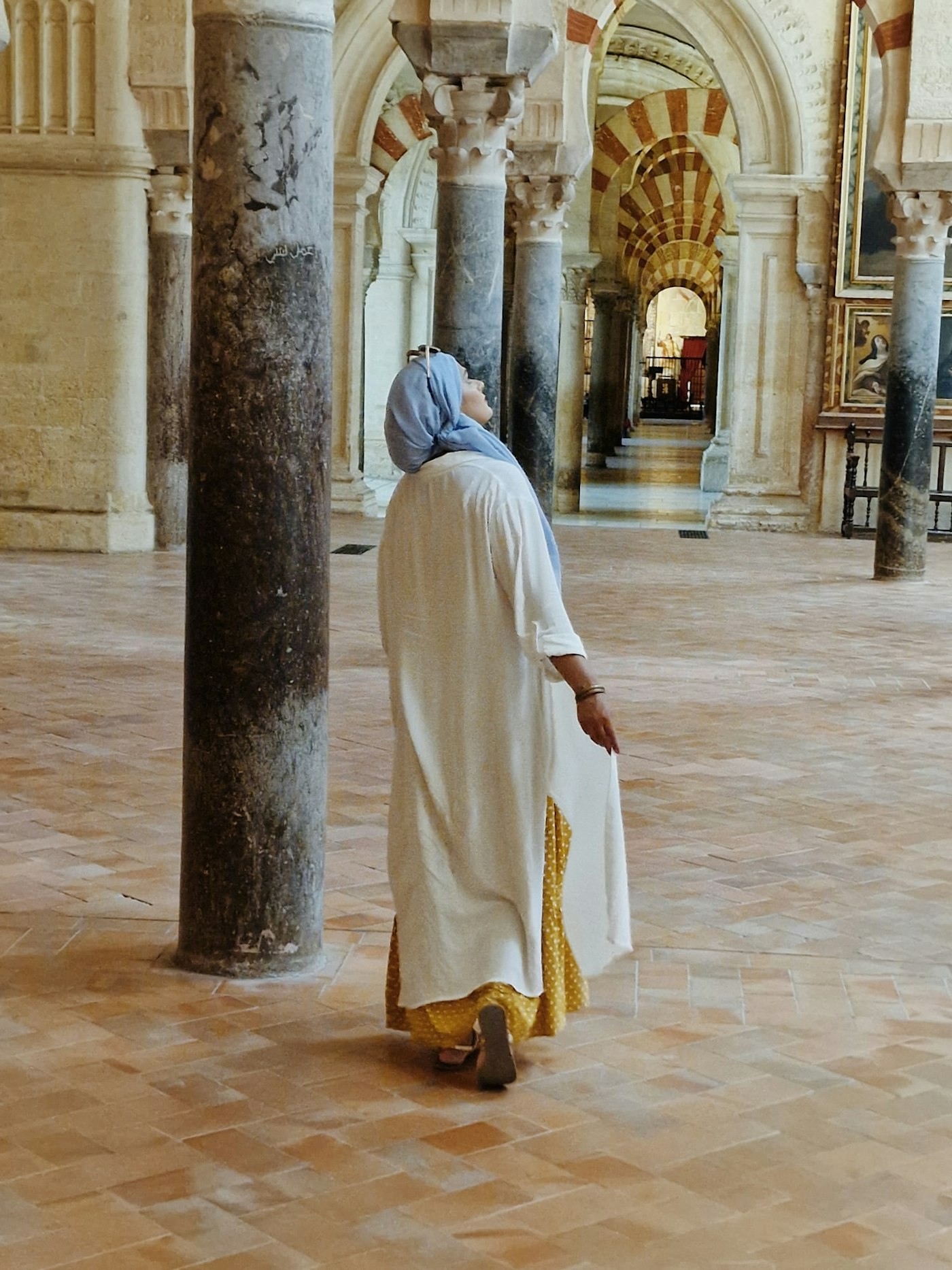
Processed with VSCO with m5 preset
- The Roman Bridge is in the centre of Cordoba and stretches across the Guadalquivir River. It was first built in the early 1st Century BC and later reconstructed by the Arabs in the 8th Century. As you step across it you feel the sense of importance this bridge gives to the city.
- Alcazar of the Christian Monarchs is the former primary residence of Isabella I and Castile and Ferdinand II of Aragon. Built in 1328 on the site of previous fortresses this alcazar features magnificent gardens and courtyards taken from the inspiration of the Arabs.
Al-Andalus is a wonderful stretch of land that was a primal piece in history and today’s civilizations. It’s a gem of the Mediterranean and its past proves exactly that. Today we can go and enjoy it as a family or as individuals whilst we relax on the beach or explore its hidden treasures from the past.
Heena C
If she isn't working on her online crafting business, then Heena is busy reading and reviewing or working on her writing; now drafting out her first book and poetry based on life. Heena is an advocate for women’s rights, and the rights of the oppressed. She helps to create awareness online and through teaching the next generation about what they can do to change the world and future. Her love is to travel the globe and immerse herself in different cultures, history and learn more about herself and Islam through architecture and lives lived before her. She has a keen interest in finding out about the past as well as her family history especially tracing back where her origins come from. IG: @heena.ck